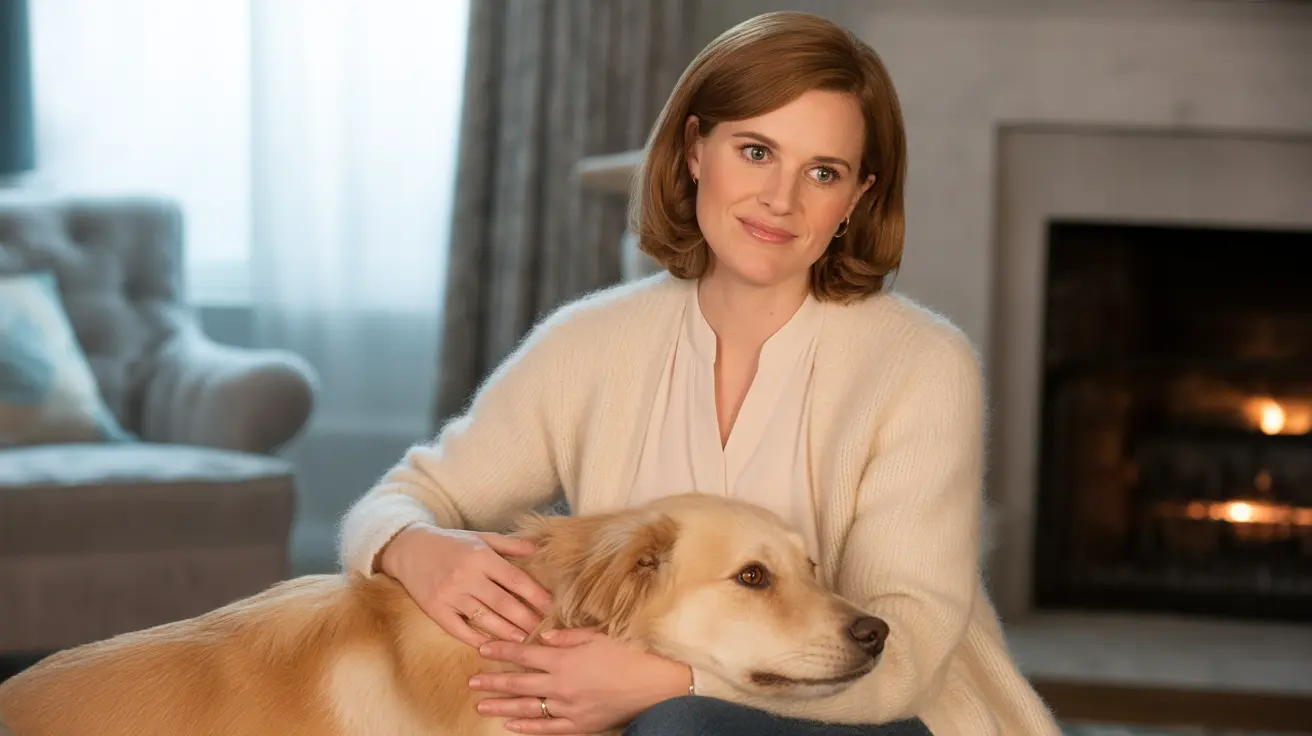Essential Features of a Good Cat Tree
If you're thinking about making your feline friend happier (and maybe saving your furniture), investing in a quality cat tree is a smart move. Cat trees aren't just decorative—they offer cats vital environmental resources that help keep them healthy and content. Let's dive into what makes a cat tree truly great.
Why Cats Need Cat Trees
Cats crave access to elevated areas and perches. These spots let them observe their surroundings, feel safe, and avoid stressors that could lead to unwanted behaviors or even medical issues. A well-designed cat tree gives your pet a safe place to climb, scratch, stretch out after naps, and communicate with other cats by leaving their scent.
Key Features to Look For
- Stability: The base should be wide and heavy enough to prevent tipping—especially for larger cats or multi-cat households.
- Scratching Surfaces: Cats need surfaces for nail care and stretching. Look for options like corrugated cardboard, jute, seagrass, or sisal rope. Find out which texture your cat prefers before buying.
- Variety in Design: Multiple levels at different heights allow climbing and exploration. Some cats love high vantage points; others prefer cozy cubbies where they can hide but still keep an eye on the world.
- Comfortable Perches: Platforms covered in faux fur or soft materials make perfect nap spots. Cats love comfort as much as height!
- Accessibility: For older cats or those with mobility issues, look for trees with ramps, lower platforms, or smaller gaps between levels (8–12 inches). Kittens need closer spacing (12–16 inches) and rounded edges for safety.
- Multiple Entry/Exit Points: Especially important in multi-cat homes so no one feels trapped.
- Toys & Interactive Elements: Dangling toys or attached balls can keep energetic cats entertained.
Catering to Your Cat’s Preferences
No two cats are alike! Some want to scratch vertically; others go horizontal. Some want open spaces; others want hidden cubbies. Observe your cat's habits before choosing a design—does she love looking out the window? Place the tree nearby so she can watch birds safely from above. Does he like to hide? Pick a model with enclosed spaces.
Sizing Matters
- Larger Cats: Trees should have wider bases and bigger platforms to support extra weight without wobbling.
- Kittens: Look for trees with lower platforms and washable materials since kittens are messy explorers.
- Seniors: Ramps, non-slip surfaces, orthopedic cushioning—all help older cats enjoy their perch without strain.
The Importance of Placement
Your cat won’t use the tree if it’s tucked away in a corner they never visit. Experts recommend placing it against a wall near a window—cats feel safer with something solid behind them and love watching outdoor activity. In multi-cat homes, more than one tree reduces competition for prime spots.
Material Safety & Care
- Select non-toxic finishes and sturdy construction tested for the combined weight of all your cats.
- Avoid small parts that could become choking hazards.
- Regularly clean surfaces and replace worn parts to keep the tree appealing (and hygienic).
Different Styles for Different Spaces
You’ll find everything from standard towers to modern minimalist designs—even compact or foldaway options for tight apartments. Modular furniture adapts as your pet ages or as you add new furry family members.
The Benefits: More Than Just Furniture
A well-chosen cat tree enriches your pet’s life by providing exercise, mental stimulation, safe retreats from household chaos (or other pets), and an outlet for natural scratching instincts—which helps protect your sofa! Customer reviews often highlight stability, durability, comfort, scratchability, and interactive features as top priorities when choosing the right model.
If you match the features of the cat tree to your pet’s age, size, activity level, and preferences—and maintain it regularly—you’ll have a happier cat (and less shredded furniture) for years to come.





